No products in the cart.
Identification of Substances
€55.95
Identification of Substances
SCIENTIFIC CONCEPTS/PROCESSES
A thorough introduction to acids and bases
Produce hydrogen by reacting acids with metals
Collect and safely test hydrogen
Produce carbon dioxide by reacting carbonates with acids
Collect and test carbon dioxide
Observe effects of acids and bases on indicator dyes
Measure concentration of acids by titration of an unknown
Perform a neutralization experiment
Specific positive and negative ions are often used to identify inorganic substances. In this kit, students are asked to identify common metallic and non-metallic ions found in:
zinc
antimony
sulfate
sulfite
cadmium
barium
sulfide
carbonate
Through this identification process, they learn that each substance has distinctive properties. As a closing activity, students conduct chemical tests on four unknown substances. All test results are safe, clear, colorful, and unmistakable!
Contents List
1 Teachers Guide with MSDS
50 Student Worksheets and Guides
12 LAB-AIDS Chemplates with spatulas and gas collector caps
12 gas delivery tubes
1 pkg absorbent paper
Vials:
1 Calcium carbonate chips
1 Unknown #1
1 Unknown #2
1 Unknown #3
1 Unknown #4
Drop Control Bottles:
1 Barium chloride solution
1 Antimony chloride solution
1 Cadmium nitrate solution
1 Lead acetate solution
1 Potassium permanganate solution
1 Sodium sulfate solution
1 Sodium sulfite solution
1 Zinc nitrate solution
3 6M Hydrochloric acid
3 Limewater, saturated
3 Sodium sulfide solution

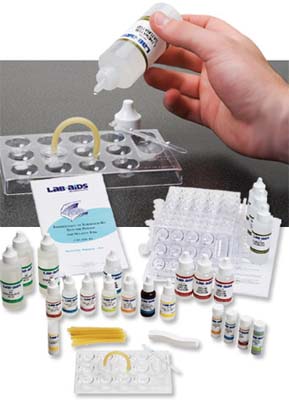

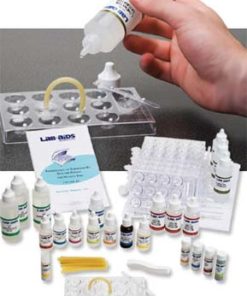

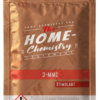
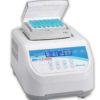
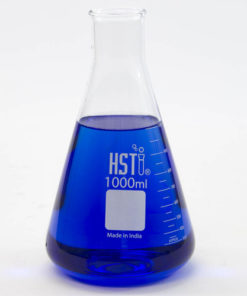

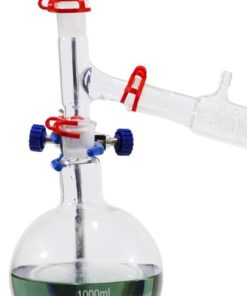

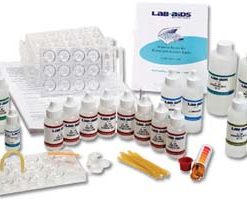

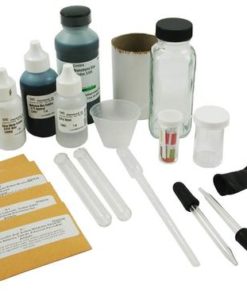


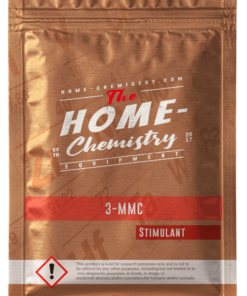

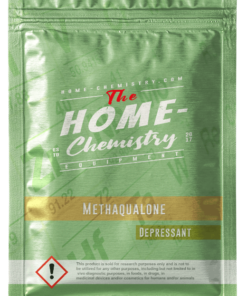


Reviews
There are no reviews yet.